In today’s ever-changing climate, emergency preparedness has become more critical than ever. With unpredictable weather patterns and increasing instances of power outages, having a reliable source of emergency heat can mean the difference between comfort and potential danger. As the cold season approaches, many households are seeking efficient, safe, and cost-effective heating alternatives. This article sheds light on some of the best emergency heat sources available, ensuring that when the need arises, warmth and security are just an arm’s length away.
Contents
Kerosene Heater
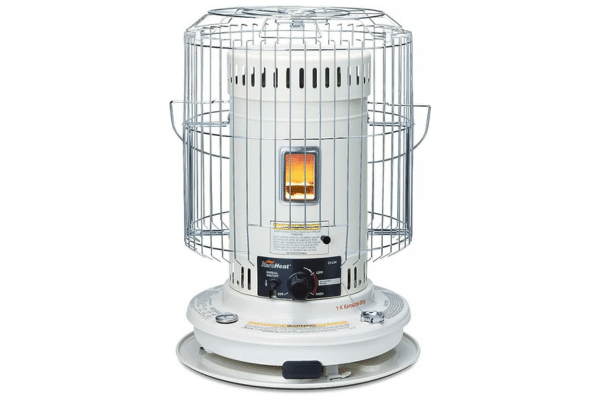
Kerosene heaters have long been a staple in emergency preparedness plans. Operating independently of electricity, these heaters use kerosene fuel to produce warmth. They offer a consistent heat output, making them ideal for warming up larger spaces. Safety, however, is paramount. Ventilation is crucial when using a kerosene heater, as they can produce potentially harmful fumes.
While these heaters are incredibly efficient, potential users should be aware of their maintenance needs. Regular cleaning and inspection are essential to ensure they remain in optimal working condition. With proper care, a kerosene heater can be a reliable ally during those unexpected cold snaps or power interruptions.
Propane Heater
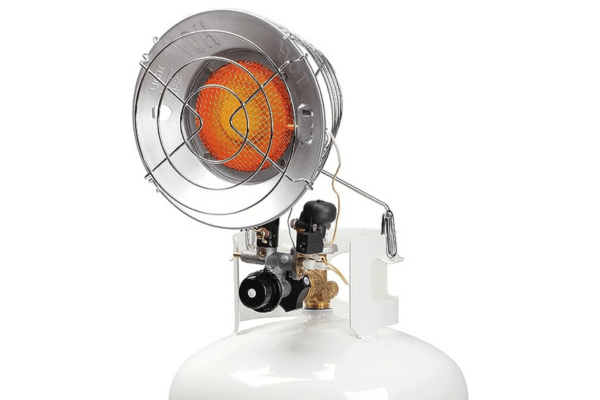
Propane heaters are another excellent choice for those in need of an emergency heat source. They come in various sizes, from portable units suitable for camping trips to larger ones capable of warming up an entire room. Their versatility is a significant advantage. Since they utilize propane gas, they are relatively clean-burning, emitting fewer pollutants compared to some other heating methods.
Yet, as with any gas-powered device, caution is necessary. Proper ventilation is essential to prevent the buildup of harmful gases. Additionally, users should ensure that they store propane tanks in a cool, dry place away from direct sunlight. With a bit of attention to safety and proper usage, propane heaters can provide consistent warmth during times of need.
Wood-Burning Stove
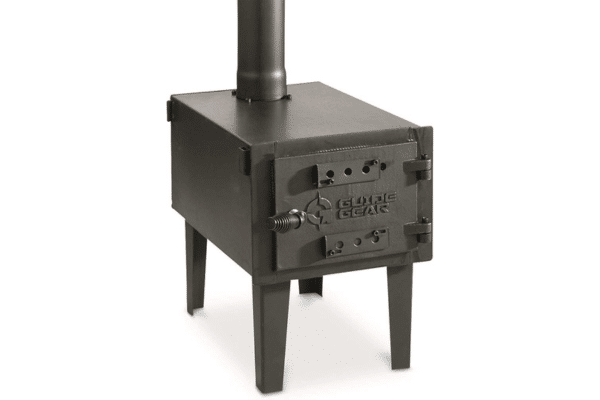
Wood-burning stoves evoke a sense of nostalgia and tradition, yet they remain a potent solution for emergency heat. Crafted from cast iron or steel, these stoves radiate heat by burning logs, providing both warmth and a cozy atmosphere. The inherent advantage of these stoves is their fuel source. Wood, in many areas, is abundant and can be stockpiled, ensuring a continuous supply even during prolonged emergencies.
However, while the allure of a wood-burning stove is undeniable, there are considerations to keep in mind. First and foremost is the installation, which requires proper venting to ensure safe operation. Then there’s maintenance, as regular cleaning of the flue and chimney is essential to prevent hazardous creosote buildup. Despite these requirements, with diligent care, wood-burning stoves can be a heartening and dependable source of warmth.
Battery-Powered Heater
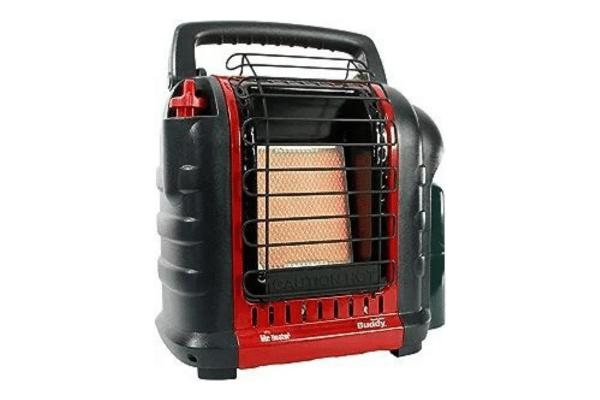
Battery-powered heaters are modern marvels, bringing together convenience and efficiency. These heaters, powered by high-capacity batteries, provide a limited but valuable heat source, especially in situations where other fuel sources are unavailable. Their portability and ease of use make them a favorite among those who travel or venture into the great outdoors.
However, the duration of warmth they offer is tied directly to their battery life. To maximize their utility, users should consider having backup batteries or power banks. Another aspect to note is that while they are incredibly handy, they might not be suitable for heating larger areas or for extended periods. For short-term solutions and smaller spaces, battery-powered heaters emerge as a champion.
Chemical Heat Packs
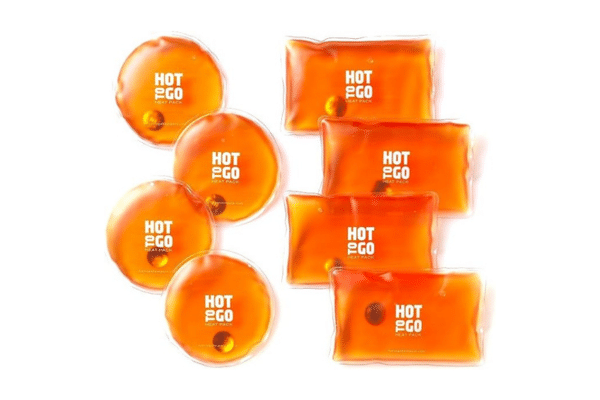
Often overlooked, chemical heat packs are portable and surprisingly effective in providing immediate warmth. These packs contain chemicals that produce heat when activated, usually by shaking or squeezing. Their compact size makes them ideal for situations where mobility is key, such as hiking, camping, or even during unexpected car breakdowns in colder climates.
The primary benefit of chemical heat packs is their simplicity and immediacy. There’s no need for fuel or electricity. However, it’s worth noting that the warmth they provide is temporary, typically lasting a few hours at most. While not a long-term solution, they’re invaluable for immediate, short-term relief from cold conditions.
Emergency Blanket
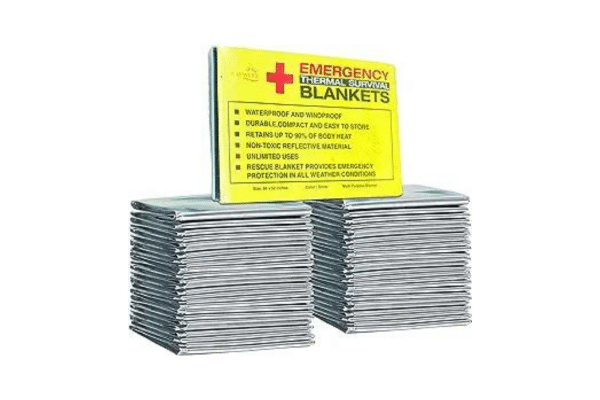
Originating from space technology, emergency blankets, also known as space blankets, are lightweight, thin sheets designed to retain and reflect body heat. Made from mylar, these blankets trap up to 90% of a person’s body heat, making them incredibly effective against hypothermia in emergency scenarios. They are also windproof and waterproof, providing additional protection against harsh elements.
Despite their thinness, emergency blankets are robust and can make a significant difference in survival situations. They’re compact, making them easy to store in cars, backpacks, or emergency kits. While they don’t generate heat, their ability to conserve a person’s existing body heat is unparalleled, especially given their size and weight.
The Bottom Line
In a world full of uncertainties, having an array of emergency heat sources can provide peace of mind. From traditional wood-burning stoves to battery-powered heaters, each option offers unique benefits tailored to specific scenarios and needs. While it’s essential to choose a primary heat source that aligns with one’s living situation and environment, it’s equally prudent to have secondary options on hand. By equipping oneself with knowledge and resources, enduring unforeseen cold spells becomes a challenge that’s not just manageable, but conquerable.


